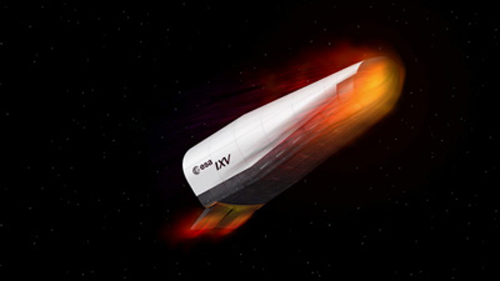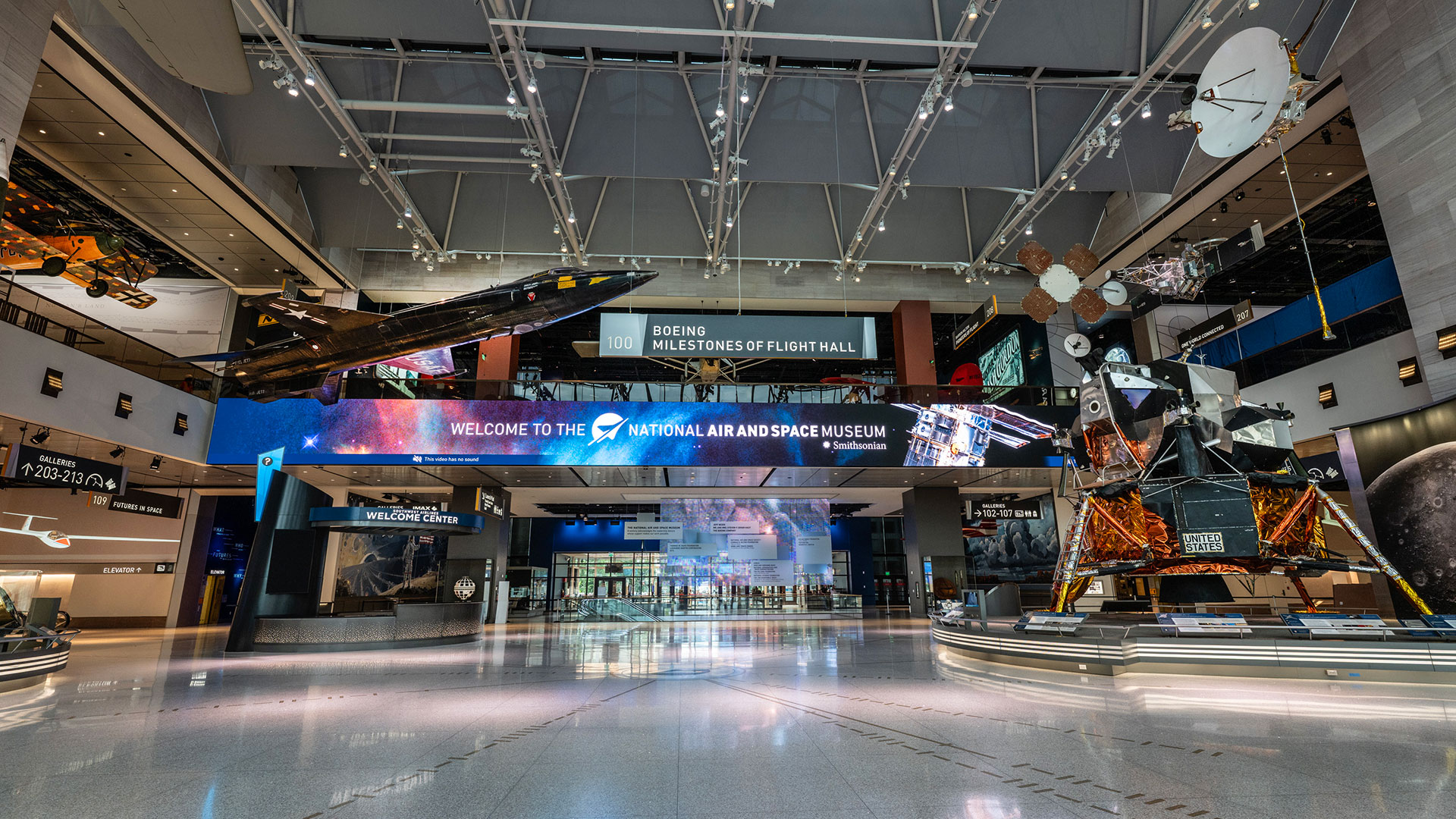Europe Aims For Re-entry Spacecraft

Plenty of European astronauts and hardware have gone upto the space station or to other orbits around Earth, but now the EuropeanSpace Agency (ESA) is thinking of ways to get them back down on their own.
A Vega rocket on the drawing boards is slated to carryESA's Intermediate eXperimental Vehicle (IXV) into space in 2012. The stubbywhite-and-black spacecraft is designed to use two rear flaps in a paddlingmotion to steer itself during atmospheric reentry.
Such a demonstration craft could perhaps pave the way forEurope to return its astronauts to Earth without relying on the U.S. or Russianspace programs. The U.S. itself faces a four-year gap in manned spaceflightcapability after the space shuttle retires in 2010, and will have to rely onthe Russian Soyuz spacecraft.
"With ATV [Automated Transfer Vehicle] and Columbus,the European space laboratory, we believe Europe has now become one of themajor players in manned space exploration," said John Ellwood, ATV missionmanager. He added that the European Union's Council of Ministers would meet inNovember to set space policy for the next several years.
Europe's ATV currently serves as an unmanned space deliveryvehicle, with the first, named Jules Verne, successfully completing its missionand undergoinga fiery death in the Earth's atmosphere. But now ESA wants to push forwardwith developing an ATV variant that could undergo re-entry and safely returncargo or astronauts.
"ESA does not plan to develop a reusable re-entrysystem on the basis of the ATV, but rather an expendable re-entry vehicle,"said Marco Caporicci, head of transport and re-entry systems for the ESA HumanSpaceflight Directorate.
The Advanced Re-entry Vehicle (ARV) would use Europe'sAriane 5 rocket, which is not reusable. An expendable service module wouldboost the ARV into orbit and guide the re-entry module to reenter Earth'satmosphere.
Breaking space news, the latest updates on rocket launches, skywatching events and more!
ESA has not tried to develop a reusable launch system orservice module because of the low number of European spaceflights, Caporiccisaid. But the re-entry capsule would conceptually resemble NASA's Apollo orupcoming Orion capsules, with some changes.
"We believe that the shape selected, with a coneangle of 20 degrees, would allow more internal volume than for the classicalApollo shape," Caporicci told SPACE.com.
Caporicci cautioned that "ARV does not play a rolein closing the gap between Shuttleand Orion," and that the IXV and ARV programs would each follow theirown separate development tracks.
However, space enthusiasts can cheer the notion thatEurope may someday join the United States, Russia and China in launchingastronauts and returning them safely to Earth.
- Video - ATV's Successful Mission
- Video - "Jules" heads to the ISS
- From Earth to the Station: Europe's First Space Cargo Ship
Join our Space Forums to keep talking space on the latest missions, night sky and more! And if you have a news tip, correction or comment, let us know at: community@space.com.
Jeremy Hsu is science writer based in New York City whose work has appeared in Scientific American, Discovery Magazine, Backchannel, Wired.com and IEEE Spectrum, among others. He joined the Space.com and Live Science teams in 2010 as a Senior Writer and is currently the Editor-in-Chief of Indicate Media. Jeremy studied history and sociology of science at the University of Pennsylvania, and earned a master's degree in journalism from the NYU Science, Health and Environmental Reporting Program. You can find Jeremy's latest project on Twitter.
